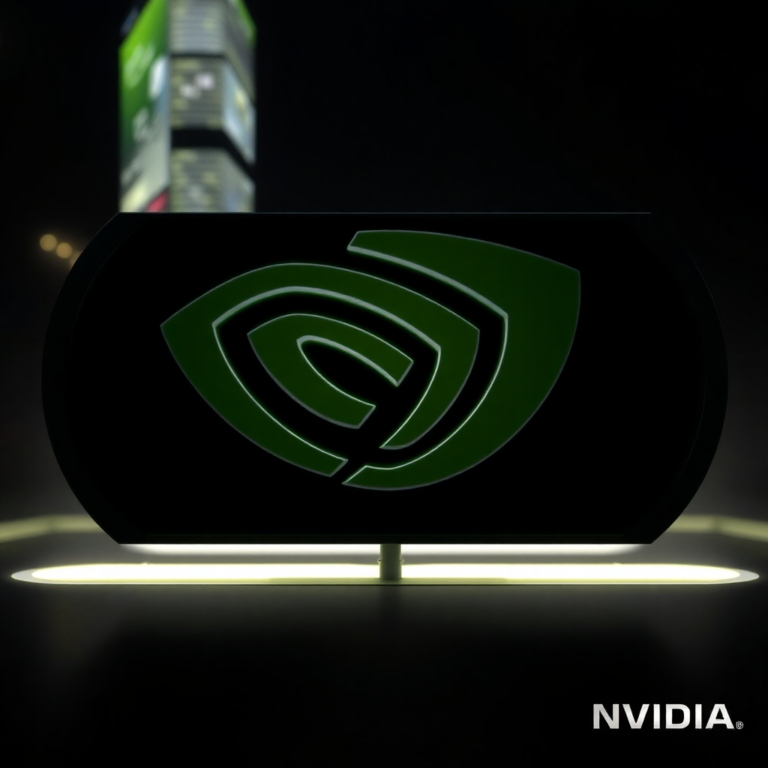‘Universal Automation’ is coined by George Devol, who created the first programmable robot in 1954. It becomes Unimation, the name of the company (1962).
A robot is a machine capable of moving in specific directions or following a sequence of commands. However, they are still constrained by the information and functions that are given to them. Robots now can process information and learn.
Robot, any automatically operated machine that replaces human beings’ efforts, even if it may not be human-looking or perform human-like tasks.
Robotics is, by extension, the discipline of engineering that deals with the development, construction, and operation of robots.
What can robots do?
There are two broad categories of real-world robots. In most cases, robots perform a single, repetitive task. Unlike humans, robots can rarely do a broad range of tasks. Multipurpose robots are still primarily used in robotics labs.
In essence, robots are as diverse as the tasks they perform. Robots are capable of performing some tasks better than humans, but others should be left to humans.
Robots can do the following more efficiently than humans:
- Automate routine tasks in business or industry.
- Working in volatile and dangerous environments to spot leaks like gas.
- Deliver security reports for the enterprise.
- Prepare IVs by filling out pharmaceutical prescriptions.
- In times of emergency, deliver food packets and online orders.
- Assist with surgeries.
- Additionally, they can create music, monitor shorelines for violent predators, or assist with search and rescue.
Types of Robots
Mechanical robots come in all shapes and sizes to perform a specific task efficiently. However, robots differ in terms of design, functionality, and autonomy.
The 0.2 millimeter-long “RoboBee” and the 200-meter-long “Vindskip” are robotic vessels that do work humans are incapable of completing.
There are generally five different types of robots:
1) Preprogrammed Robots
Robots preprogrammed for simple, repetitive tasks operate in a controlled environment. A mechanical arm on an automotive assembly line would be an example of a preprogrammed robot.
Its job is to perform each function more quickly, longer, and more efficiently than a human could.
2) Humanoid Robots
Humanoid robots mimic human behavior and look like humans. Usually, these robots perform human-like tasks (such as running, jumping, and carrying objects) and may even have human-like features, such as facial expressions.
3) Autonomous Robots
Automated robots operate independently of human operators. Usually, these robots work in an open environment, without supervision from humans.
As they are unique, sensors sense the surroundings, and then they make decisions based on their data and mission (usually via a computer).
4) Teleoperated Robots
The operator of a teleoperated robot can access the robot remotely from a safe distance via a wireless network. The robots work in extreme geographical conditions, in extreme weather conditions, in extreme circumstances, etc.
5) Augmenting Robots
Enhancing robots either enhance human capabilities or replace lost capabilities. With the advent of robotics for human augmentation, science fiction could become a reality very soon, as faster and stronger humans are made possible by bots.
Conclusion
The robots that need some human control are better as they do not replace human labor entirely. However, some machines and robots will completely replace humans since they do not require human input.
We can’t replace humans with robots. However, robots are increasingly being used in various fields, especially in hazardous areas where humans can be involved. In the future, many people envision robots replacing humans.
In contrast, others believe robots cannot perform many of the jobs that humans can currently perform. Robots do the same tasks all the time and cannot think.












